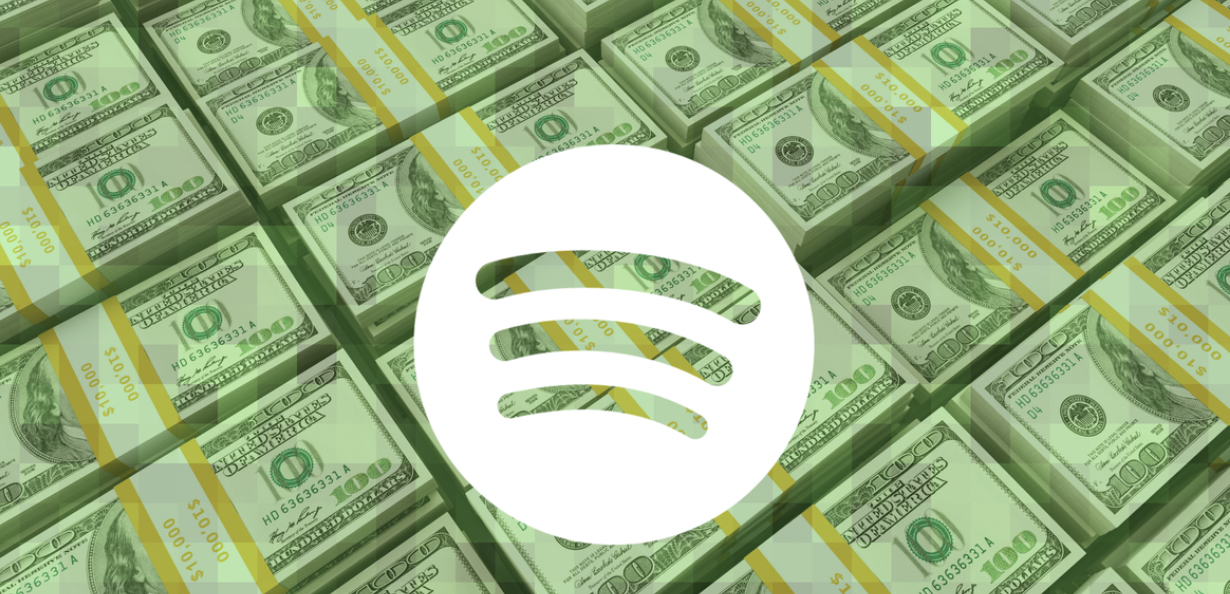Spotify’s Royalty Change: Why & How it Affects Independent Artists

As reported last week, Spotify’s seismic shift in royalty calculations is raising eyebrows, particularly among independent musicians. The main focuses are on royalties of low-stream tracks, functional noise compensation alterations, and a crackdown on streaming abuse.
For tracks garnering fewer than 1,000 annual streams, Spotify’s altering its payment structure, excluding hundreds of thousands of smaller artists, a move anticipated to impact approximately 75% of tracks on the platform. However, Spotify contends that these changes won’t significantly affect artists, citing the negligible earnings—averaging $0.03 per month—for tracks with 1 to 1,000 annual streams. The adjustment aims to redirect around $40 million annually from small payments, plagued by withdrawal thresholds and transaction fees, to artists surpassing the 1,000-stream threshold.
Simultaneously, Spotify confronts the issue of artificial streaming inflation, primarily fuelled by streaming bots and farms. Starting in 2024, they will impose fines, estimated at $10 per violation, on labels and distributors when detecting fraudulent streaming practices.
Additionally, Spotify tackles abuse within functional noise genres, such as ASMR and white noise. Unscrupulous actors manipulate short noise tracks, gaming the system for larger payouts. In response, Spotify raises the minimum length of functional noise recordings to two minutes and devalues noise streams in collaboration with licensors, reducing new royalties to 20% of existing levels.
While Spotify projects a significant $1 billion revenue shift towards emerging and professional artists over the next five years due to these changes, questions linger about the potential consequences for the music landscape, especially for smaller creators affected by the reshaped royalty landscape.



